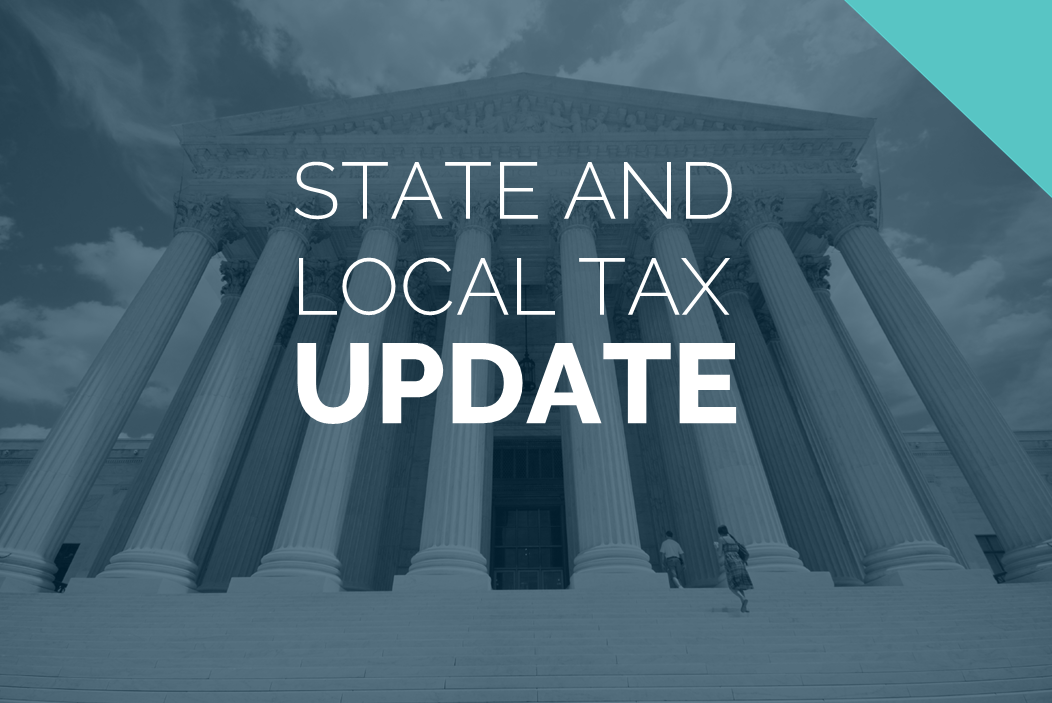Effective May 21, 2023, P&N has joined EisnerAmper. Read the full announcement here.

At this time of year, all businesses with multi-state operations should be in the process of determining their apportionment factors for state corporate income tax filings. Historically, most states utilized a three-factor apportionment formula consisting of a revenue or sales factor, a payroll factor, and a property factor. Recently, with the rise of e-commerce and increased sales across state lines, states have been trending toward the use of a single-factor apportionment formula consisting of only the revenue or sales factor. Thus, there has been increased focus on sales factor apportionment rules and methodologies in the last several years.
Importantly, sales factor sourcing rules often vary by the type of sale that occurs – such as whether the sale is a sale of tangible personal property or a service. For sales of tangible personal property, most states have historically sourced the sale to the location at which the tangible personal property was ultimately delivered from the seller to the buyer. Even with the rise of e-commerce and modifications to many sales factor sourcing rules, there has been little change with respect to sourcing rules on sales of tangible personal property.
Of course, in the current era, many businesses generate their revenue from the sale of services. Historically, these sales were sourced to the state in which the services were performed by the seller. Many states have modified this historic approach and have begun to use market-based sourcing. In contrast to the historical rules, this sourcing regime sources the sales of services to the state in which the purchaser of the services receives the benefit. This is especially important for services performed remotely – thus, a service can be performed in one state and sourced to the state where the benefit of the service is actually received. This can have a large impact on income tax filings, as sales may be sourced to states where a taxpayer does not have nexus or the sales may create additional filing obligations in a state where a taxpayer did not believe they had nexus.
With all of these rules and no uniformity among the states, it is possible for some sales to be attributed to multiple states where a business is taxable or to a state in which a business does not have nexus. As you are gathering your apportionment data and develop questions about sourcing, P&N’s state and local tax professionals are available to help make that path clearer for you. Contact us to discuss the sales factor sourcing rules that may apply in your unique situation.




